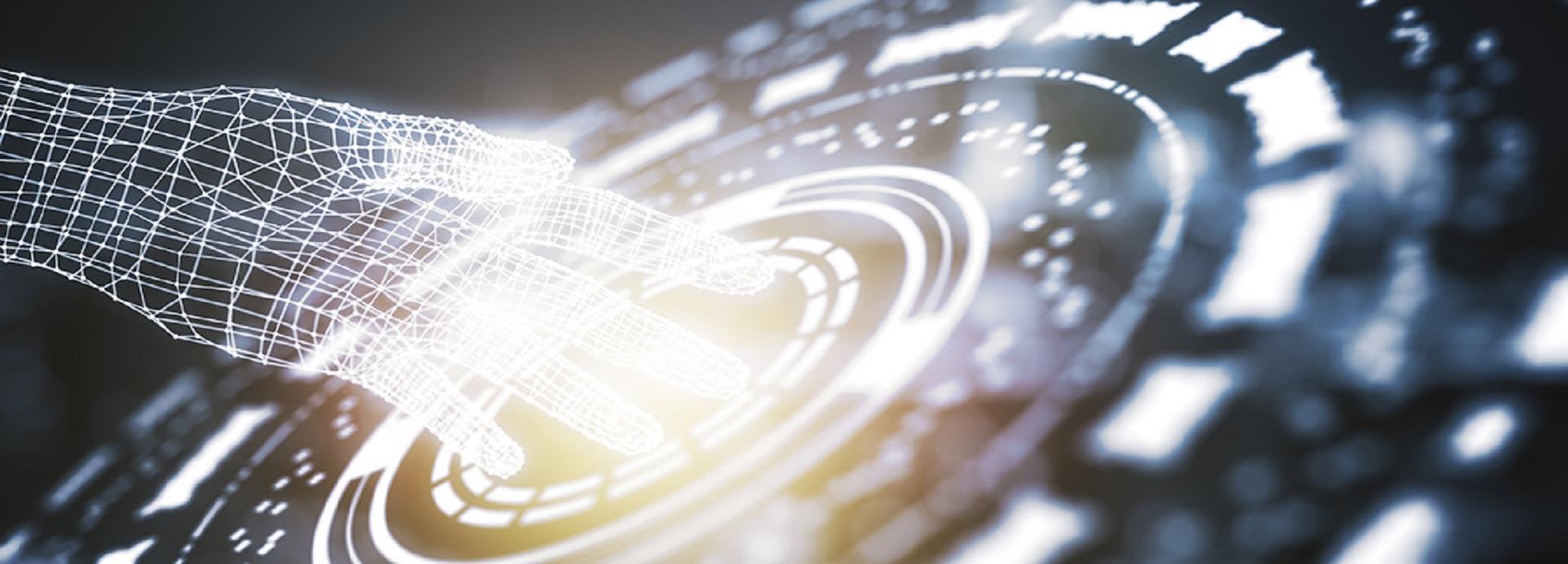

Technology is getting smarter by the day. With the advent of artificial intelligence (AI) and the Internet of Things (IoT), many industries are experiencing – or at least expecting – a renaissance of sorts.
According to consulting agency Gartner, companies are looking to use AI to enhance their decision making, reinvent business models and ecosystems as well as remake customer experiences. A recent Gartner survey showed that 41% of organisations have already made progress in piloting or adopting AI solutions, and the remaining 59% are still gathering information to hone their AI strategies.
At the same time, IoT keeps spreading like wildfire: Gartner estimates that there will be 21 billion connected sensors and endpoints by the year 2020. This might mean saving billions of dollars in maintenance repair and operation (MRO).
One of the sectors facing these changes head-on is the marine industry. For example, the recent report “Smart maritime technology solutions” by Finnish Maritime Industries and Ministry of Economic Affairs and Employment observes that environmental technologies, digitalisation of shipping and intelligent ships and products are sheer necessities for growth. As automation and robotics change the production of marine solutions, the industry will pursue a “reduce, reuse and recycle” (3R) principle more and more.
Digital seas
Professor Pentti Kujala from Aalto University in Helsinki, Finland was one of the experts contributing to the composing of the report. Kujala believes that “smart marine” means, for example, that digital tools can be brought to bear in the design and production of vessels to improve efficiency. Still, a lot of the current “buzz topics” are the result of a long evolution.
“We’ve had automation on board ships for a long time now, “Kujala says. “The new issue here is improved connectivity from land to sea, which allows remote control.”
He notes that the remote connections are not reliable at all times, but the game-changing potential is certainly there.
“When the remote control is secure, only sky is the limit for possible applications.”
At the same time, the marine industry must stay a step – or preferably ten steps – ahead of the pirate hackers who would gladly hijack robot ships on the high seas.
“For safety reasons, there’s an obvious need for reliable backup systems that are offline,” adds Kujala.
Customer first, customer last
Toby White, Vice President, Digital Engineering at Wärtsilä, perceives customer value to be the driving force in the digital quest. A modern vessel has a huge variety of equipment on it, and introducing modern digital technologies on board means that there is an increasing number of value-added services available, too. According to White, the industry is basically asking customers to procure, manage, and sustain an enormous amount of complexity just to go about their ordinary business – and that’s not fair.
“I believe the biggest driver towards ‘smart marine’ is going to be an overwhelming demand from customers to simplify their lives, to take away this complexity, because ultimately we are much better placed to handle it,” says White. “We at Wärtsilä are the experts on our equipment, we have a broad view of the marine market, and we are the ones who can best advise on how to efficiently operate a vessel as an integrated system.”
White observes that Wärtsilä is already seeing an increasing demand in certain market segments, for example, with some of the company’s cruise clients. “That trend will only accelerate, as digital technologies continue to evolve, our digital capabilities grow, and the market matures.”
Come together, right now
Looking ahead, White says there is a clear need for integrated solutions: both at the level of how those solutions are presented to customers, and also how the technologies interact.
“This will drive a huge change in how we develop and market our products, and in how our customers see value. It will also drive a need for alignment and co-operation across the whole industry. Neither we nor our competitors can pretend that we are the only players, and our customers will be demanding that we co-operate to make their lives simpler.”
Furthermore, developments in digital technologies will also open up possibilities for products to answer customer needs that aren’t here yet. For example, White expects Augmented Reality (AR) to revolutionise certain aspects of vessel manoeuvring by providing, for example, head-up displays on bridges alerting to the presence of hazards.
“Also, common data acquisition pipelines from multiple pieces of equipment on a vessel – together with advanced analytics – will drive system-level optimisation, allowing us to treat the engine power plant and propulsion systems as a single unit.”
Digital DNA
Wärtsilä wants to mix human and machine intelligence with customer understanding to enable smart data-driven solutions. White points out that AI and machine learning can, indeed, bring insight at a scale far beyond human ability, but machines still need training and their insights require analysis and context.
“Wärtsilä’s engineers have deep and abiding expertise in the design and behaviour of our equipment, and that is invaluable. We can’t build machine intelligence without that expertise, and the purpose of machine intelligence is to put more information in the hands of those experts as we deliver customer value.”

